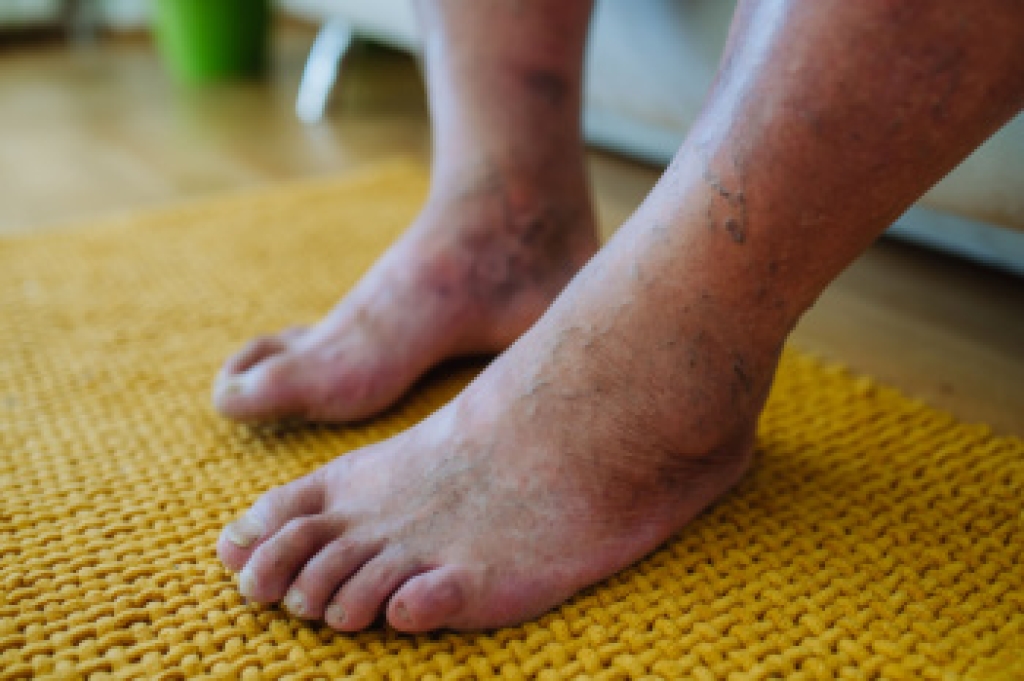
An ankle avulsion fracture occurs when a small piece of bone is pulled away from the main bone by an injured ligament, tendon, or muscle. This injury often happens during a sudden twist, fall, or misstep, and it can involve surrounding soft tissues, such as ligaments, tendons, muscles, and nerves. Symptoms include swelling, bruising, pain, and difficulty walking. Most patients recover in about four to six weeks with proper care and protection. A podiatrist can confirm the diagnosis with imaging, guide your treatment, support healing of the soft tissues, and help restore strength and stability to the ankle. If you have ankle pain after an injury or have trouble putting weight on your foot, it is suggested that you consult a podiatrist who can accurately diagnose and treat the injury.
Broken ankles need immediate treatment. If you are seeking treatment, contact Katie Besselman, DPM from Advanced Podiatry. Our doctor can provide the care you need to keep you pain-free and on your feet.
Broken Ankles
A broken ankle is experienced when a person fractures their tibia or fibula in the lower leg and ankle area. Both of these bones are attached at the bottom of the leg and combine to form what we know to be our ankle.
When a physician is referring to a break of the ankle, he or she is usually referring to a break in the area where the tibia and fibula are joined to create our ankle joint. Ankles are more prone to fractures because the ankle is an area that suffers a lot of pressure and stress. There are some obvious signs when a person experiences a fractured ankle, and the following symptoms may be present.
Symptoms of a Fractured Ankle
- Excessive pain when the area is touched or when any pressure is placed on the ankle
- Swelling around the area
- Bruising of the area
- Area appears to be deformed
If you suspect an ankle fracture, it is recommended to seek treatment as soon as possible. The sooner you have your podiatrist diagnose the fracture, the quicker you’ll be on the way towards recovery.
If you have any questions, please feel free to contact our office located in Saint Peters, MO . We offer the newest diagnostic and treatment technologies for all your foot care needs.







